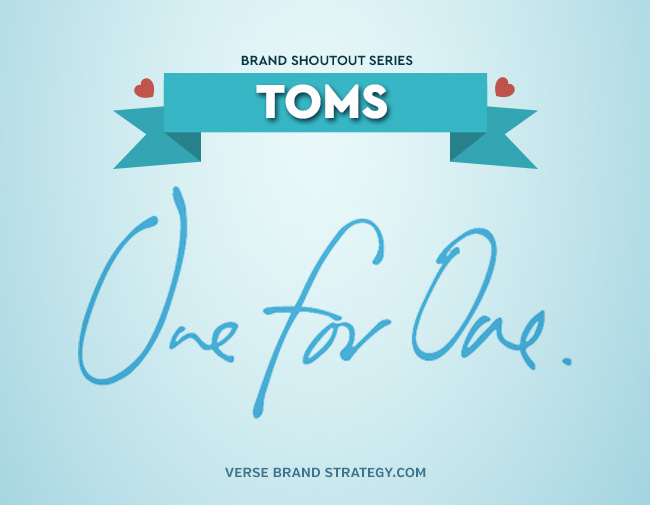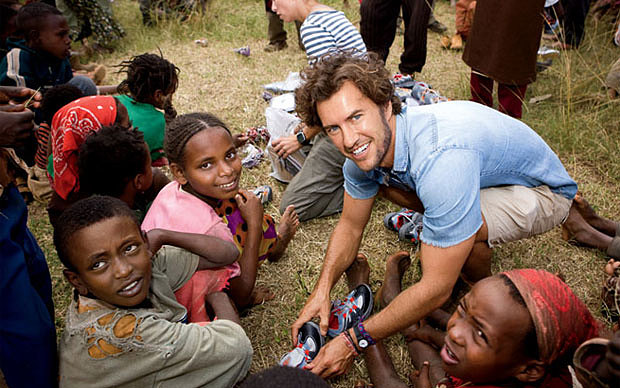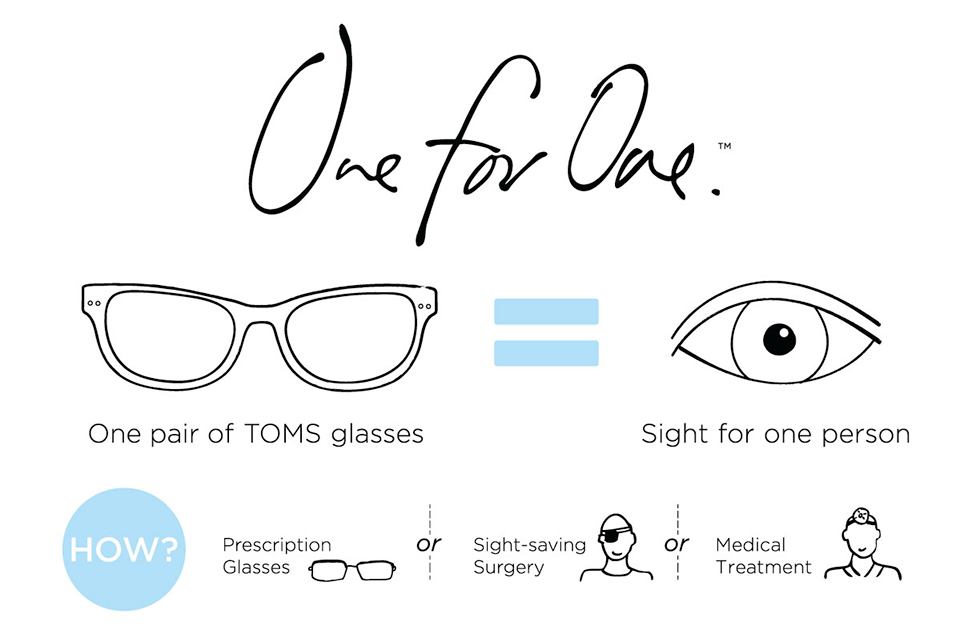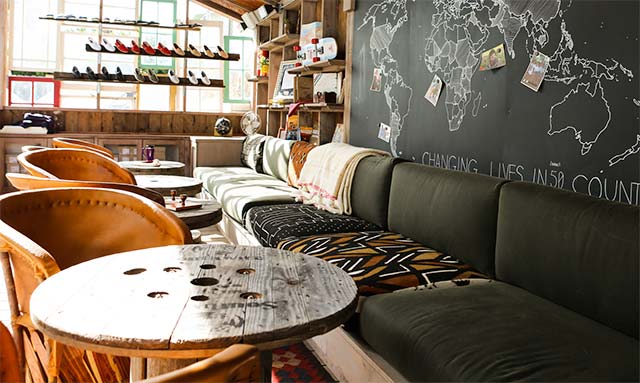This write up is part of a series that I’ll call Brand Shoutouts. I’ll be highlighting brands that I personally love (as a consumer) and will used as a case study for brand success (as a brand strategist). Enjoy!
Roses are red,
Violets are blue,
TOMS (the company) is great,
Let me tell you.
Branding is much more than a logo and a website. It’s about creating an experience that people can relate to, are drawn to, and that will convert them to be your biggest fans. One company that I think does this well is TOMS, and here’s why:
The brand has a great story.
In 2006 Blake Mycoskie took time off from his busy entrepreneurial life to get lost in the culture of Argentina. While he was vacationing, Blake spent time learning the tango, playing polo, and drinking wine. He also started wearing the national shoe, which was the alpargata, a soft, casual canvas shoe worn by most people in the country.
In the midst of his travels, he met a women that helped Blake become aware of the extreme poverty in certain parts of the country. As a result of that poverty many people were left without bare necessities, like shoes.
The entrepreneurial mind in him started to play around with charity solutions for this issue. Then, it hit him: “Maybe the solution was in entrepreneurship, not charity.” He would start a company that makes alpargata shoes. And for every pair he sell, he would give a pair of new shoes to a child in need.
Check out the full story on how Blake started TOMS. This story is super inspiring and is a great base for an amazing brand because of the emotion and the excitement that sparked the beginning of the company.
[quote Text=”My goal with TOMS is not only to sell you a classic show, but also to help make the idea of giving a part of your style.” name=”Blake Mycoskie” name_sub=”Men’s Health Magazine, 2008″]
They have a great business model.
Right out of the gate this company is clear that, when you invest in the company, you invest in the good of humanity. This conscious capitalism model immediately resonates the company values for others that want to associate with them. The premise is simple: you buy a pair of shoes from them, they donate a pair to someone in need.
Their customers get to shop for themselves AND give to charity at the same time? Who wouldn’t feel good about that?!?
What ends up happening is TOMS best customers become their most outspoken marketers. In addition, the best talent wants to work for them because of the ‘feel good’ factor: “giving is really good for attracting and retaining talented individuals, as well as for employee morale.”
They have accurately profiled their customer.
Through imagery, messaging, and their product, you can tell that their ideal customer persona has been well profiled. Their target audience is an educated male or female, between the ages of 20-40, who loves comfort, fashion, and all things worldly and eclectic. This persona drives the imagery they use, the messaging, the retail environments, and much more, so that their ideal customer is drawn to the brand in a “I can relate to that!” manner.
The customer experience consistently reinforces the brand.
From online to the storefront, the experience is clean, rustic, and relaxing to further reinforce their visual language. Every storefront showcases raw wood, clean lines, and reinforced imagery that you’d also find on their online and social media presence. If there’s seating the retail locations, they used eclectic looking patterned cushions that you’d find in Argentina… which is where Blake Mycoskie’s concept of Toms was originally born.
This experience touches their customers likes, interests, wants, and needs that are directly associated with the Toms brand in a tangible way. This tangible touchpoint creates an emotional tie to the experience of the customer. Once an emotional tie is created, a customer is more apt to be loyal to a brand, especially if that tie directly relates to their own personality traits.
Their products are well designed.
Customers love Tom shoes, and with good reason. The company brings in designers to create products that look good and appeal to their customer. Every new product that they create continues to reinforce their one-for-one brand promise. Every shoe that is purchased means that a pair of shoes are donated to a South American in need. Every pair of eyewear that is purchased affords a needed surgery for the blind. Every bag of coffee purchased means clean water for someone who needs it.
The strategy behind the TOMS brand is in the creation of a movement to better humanity. When you create a movement that people can be passionate about, it creates a community.
You can tell that Toms as a company has been strategic about their brand and it shows. As of 2014, TOMS has donated over 25 million pairs of shoes. As of 2013, revenue was estimated at approximately $250M with 30% coming from website sales.
—
What do you think? Which brands do you think are successful and why?
I would love to hear from you! Please feel free to leave your thoughts, comments, and feedback in the comments below.
~ Christine



